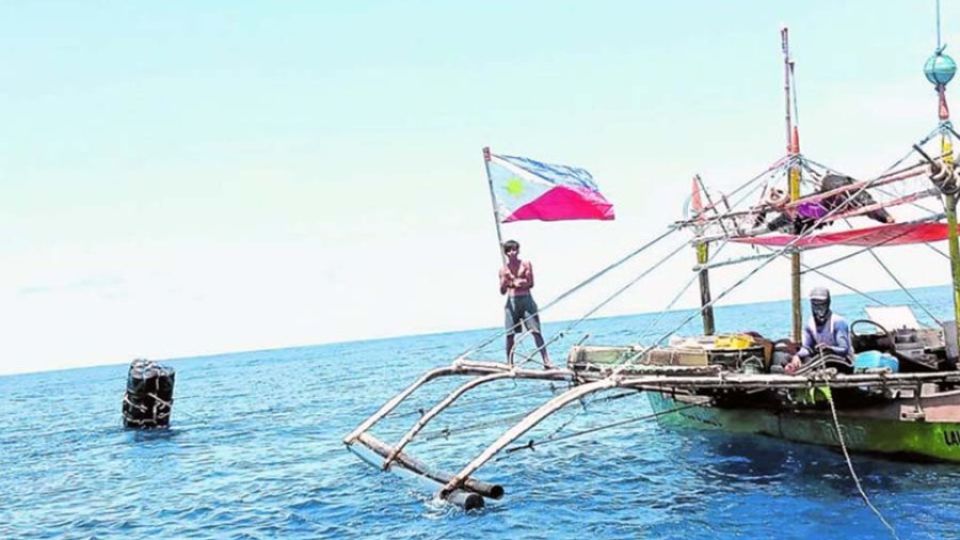February 13, 2025
MANILA – A Status of Visiting Forces Agreement (Sovfa) with New Zealand, which will be concluded this year, is the latest pact entered into by the Philippines as it seeks to deepen its military alliance in the region.
If ratified by both countries, the Sovfa would be the Philippines’ third agreement with a close ally, after similar agreements with the United States and Australia, and a Reciprocal Access Agreement (RAA) with Japan. Negotiations for similar pacts with Canada and France are ongoing.
Will these defense agreements enhance the Philippines’ security amid China’s provocations in the West Philippine Sea (WPS)?
The jury is still out, but in a region where an aspiring global superpower is employing a divide-and-rule strategy to claim the whole of the South China Sea, the best recourse for smaller nations like the Philippines is to convert their longstanding bilateral relations with stronger allies into a robust defense shield.
Defense Secretary Gilberto Teodoro Jr. said that the goal is to strengthen support from like-minded partners at a time when the country is locked in growing tensions with China in the WPS. These alliance-building efforts serve “both countries’ and multilateral countries’ initiatives to resist China’s unilateral narrative to change international law,” Teodoro said Monday.
Historical sensitivity
Similarly, New Zealand Ambassador Catherine McIntosh sees “a strong political commitment” to conclude a Sovfa as “we are deeply concerned by the current developments in the West Philippine Sea, and New Zealand has been consistent in our messages around de-escalation of tensions.”
Negotiations for the Sovfa with New Zealand come on the heels of the Philippine Senate’s concurrence of the RAA with Japan, which facilitates the entry of both countries’ military troops into each other’s territory for joint cooperative activities to increase interoperability.
Japan chose an RAA instead of a Sovfa presumably because of historical sensitivity: Imperial Japan invaded the Philippines. Japan’s post-World War II Constitution also limits its ability to deploy Japanese Self-Defense Forces abroad.
With the Philippines spending only 1.4 percent of its gross domestic product (GDP) on its defense, the country cannot effectively challenge China’s naval might on the high seas. It’s a tough reality that China has apparently taken advantage of, as it continues to encroach into Philippine features in the WPS, ignoring an international arbitral ruling in 2016 that favored the Philippines and invalidated China’s sweeping maritime and territorial claims in nearly all of the South China Sea.
Force multipliers
Given the Philippines’ limited resources, military alliances with friendly countries serve as force multipliers, that benefit us immensely in terms of training, technology and arms transfer, and even cyber defense capabilities that the US, Japan, and Australia readily provide.
Critics of such military pacts have long harped on the painful tradeoffs they entail. However, the biggest argument in favor of these security alliances in this part of the world is China itself. The Chinese government employs obfuscation—hiding its true intentions through deception, duplicity, and manipulation. China is slowly but strategically building up its military power relative to its adversaries en route to becoming a superpower by the middle of this century, making the security situation in the Indo-Pacific volatile, if not unpredictable.
To avoid being misled, the Philippines would be well-served to ditch the false dichotomy between security and sovereignty in bilateral and multilateral pacts particularly directed against rising China.
Reciprocity
For instance, Sovfa allows both countries to conduct exercises in each other’s territories and aid each other in conflict situations, demonstrating that Sovfa and RAA’s reciprocal nature can level the playing field even when nations have asymmetrical relationships in trade, GDP size, and military capabilities.
Reciprocity, not foreign aid, undergirds these pacts.
Given the ever-changing geostrategic environment in Southeast Asia, joint maritime activities in contested waters are crucial to keeping the peace. As a show of force, the maritime cooperative activity between the Philippines, US, Australia, and Japan on Feb. 5, 2025, benefits the Philippines, which has the least economic and military clout among the four allies.
“This shows that the Philippines is not alone in ensuring that the Indo-Pacific remains free, open, and secure,” said Sen. Risa Hontiveros. “This demonstration of solidarity strengthens the international consensus that the Chinese government’s territorial claims in the West Philippine Sea are baseless and in direct violation of the Unclos (United Nations Convention on the Law of the Sea),” she added.
The Philippines must seize the momentum to rally the world against China’s expansionist agenda.


